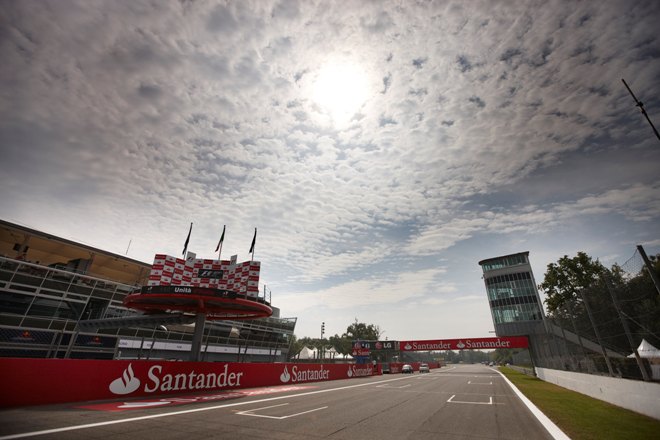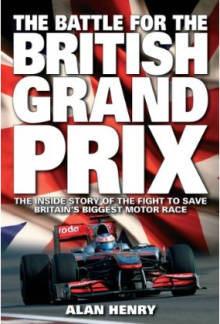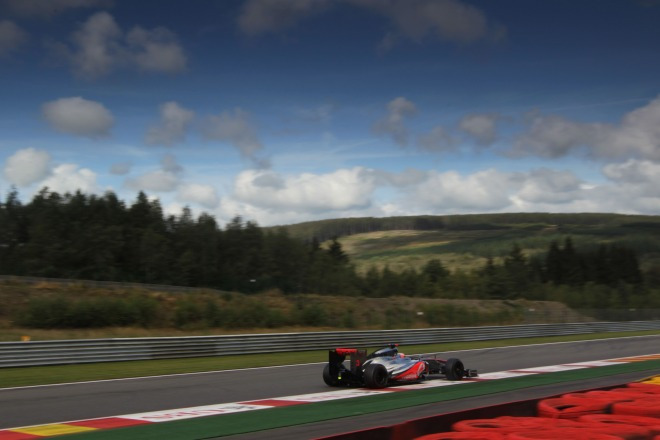
The following is a special feature from Austin F1 fan, Kerri Olsen. In addition to being the Co-Founder of this site, www.TheAustinGrandPrix.com, Kerri is also an F1 Fan. Here, she shares how she has gotten "up to speed."
Ferrari's "Formula 1 Alphabet" is a great resource for new F1 pupils or those who want to brush up on their lingo. We'll share our own version next month. I thought of a quick 10 facts that new F1 fans need to know:
// 1
P1: this is the lead position to start the race from. In race qualifying on the Saturday of a grand prix weekend, the driver that sets the best time is qualified to start in 1st position - or P1 - on race day.
// 2
2 Winners: Each F1 season, there are actually two World Champions determined: a Constructor (the team) and a Driver. Constructors and Drivers each receive points based on their finishing of each race. There are also two drivers per team, which affect the point accrual based on race finishes.
// 3
3-Day Weekend: Grand Prix weekend typically runs three days, Friday through Sunday, with practice sessions on Friday and Saturday, qualifying also on Saturday, and the Grand Prix race on Sunday. The exception is Monaco, where practice runs on Thursday in lieu of Friday, for a "day of rest."
// 4
4 tyres per car: Tyres is the British spelling and since this sport originated in Europe, I will refer to them as tyres. Tyre strategy is a topic we will examine more in the future.
// 5
5 G's: F1 cars race on track with many turns. In these turns, they can exceed 5 g-forces of "lateral acceleration" (horizontal force) through the corners. By comparison, an astronaut being launched into space experiences about 3 g-forces.
// 6
6 continents: The F1 race series travels to six continents.
// 7
7 time World-Champion Michael Schumacher: It's the most identified racing driver that we have come across when speaking with Americans about Formula 1. And, Ladies and Gentlemen, he will be behind the wheel of a Mercedes AMG Petronas car come November.
// 8
8 cylinders: The cars are powered by V8 engines, similar to a Corvette. Due to the evolving rules, or "Formula" that the sport must adhere to each season, engines have included types from V12 to I-4, and more, over the past 60 years.
// 9
9 months: typical F1 season runs from March through November.
// 10
10 finishers get points: points are awarded to drivers and teams exclusively on where they finish in a race. The winner receives 25 points, the second place finisher 18 points, with 15, 12, 10, 8, 6, 4, 2 and 1 points for positions 3 through 10.
// Contest Winner
Congratulations to Dale Daugherty! His F1 tip was chosen by Jenny Tynes as the best one last week and he will receive an Alexander Rossi autographed COME AND RACE IT sticker! Dale offers this suggestion for Austin visitors:
Be sure to take advantage of pedicabs in downtown Austin. They are everywhere, and it is a great way to get around the city. Trust me, you are going to appreciate this when you are cruising the late night 6th Street scene!
Click here for Ground Transportation information in Austin.
// Contest Alert
Leave us your helpful F1 tip in the comments of this article in order to be entered into our contest. Dale will choose another winning F1 tip and you will receive a COME AND RACE IT sticker autographed by Alexander Rossi!
Contest closes at 12:00PM (Noon) CDT on Thursday, August 30, 2012. Winner will be announced in the August 31, 2012 edition of "Fan Feature" here on this website.
Message Contest@TheAustinGrandPrix.com if you have questions.







